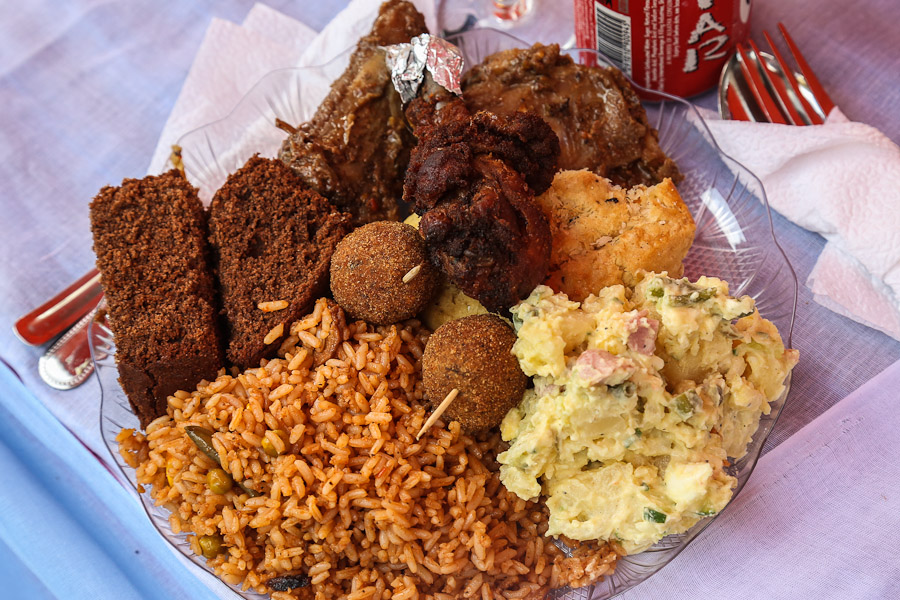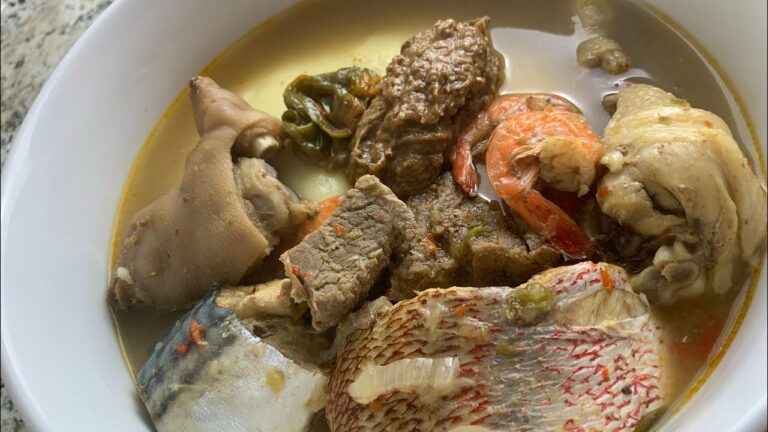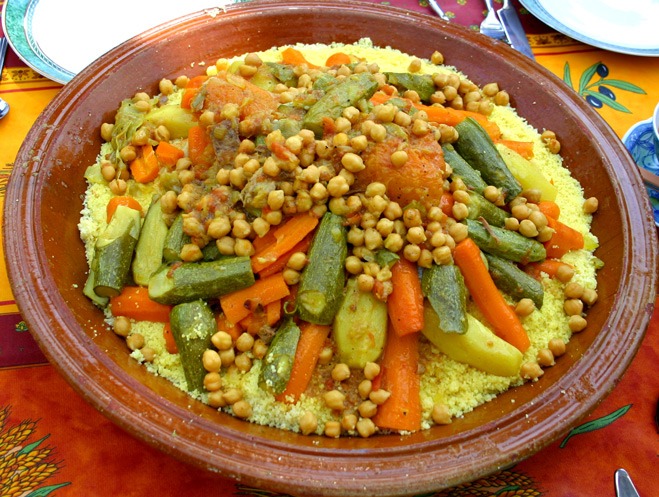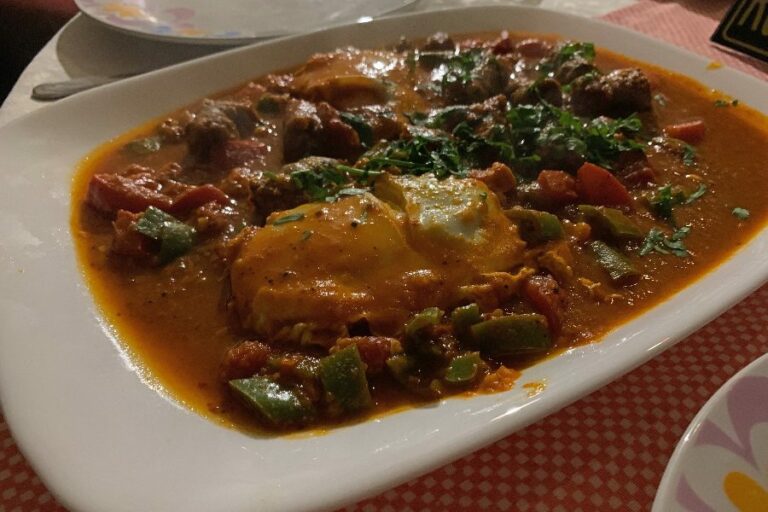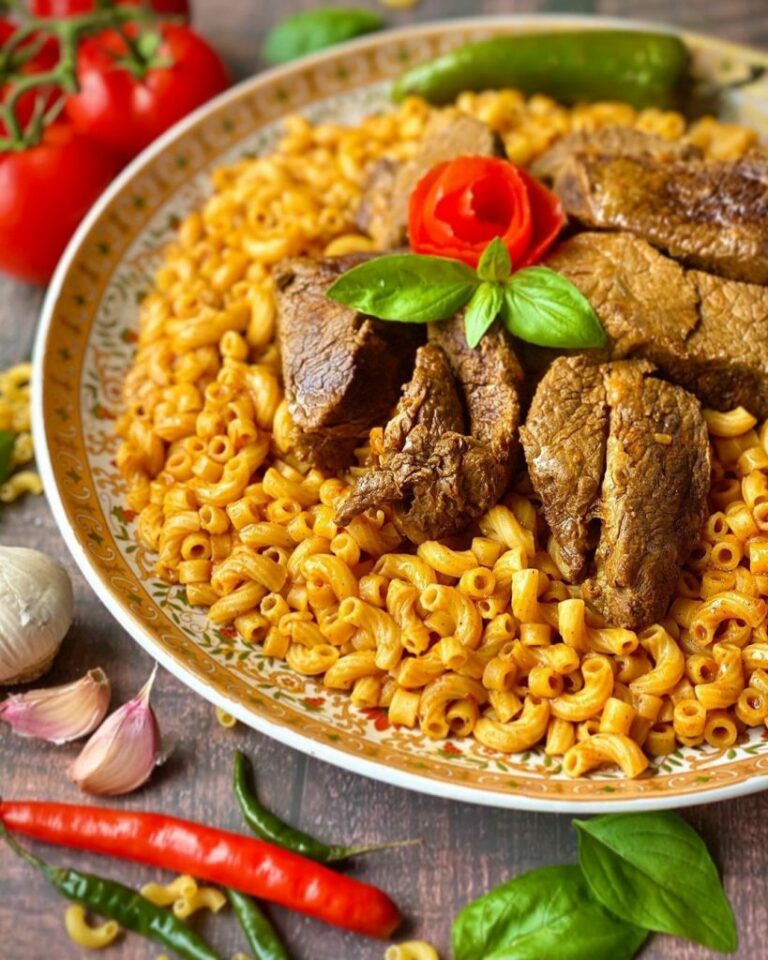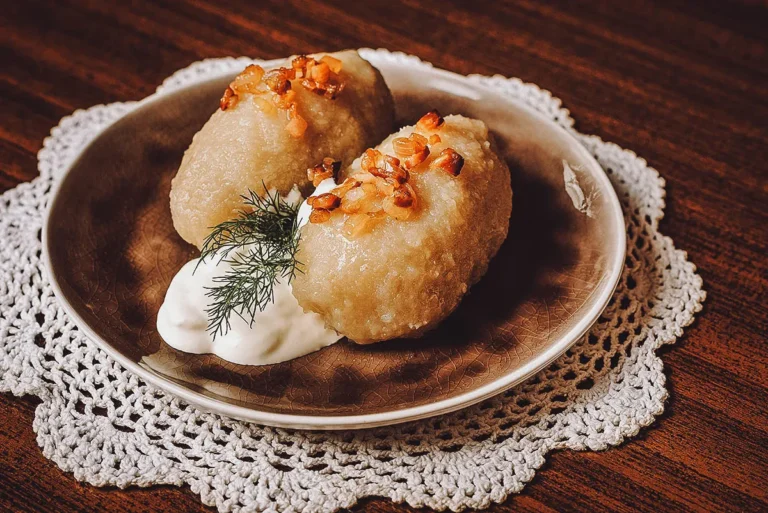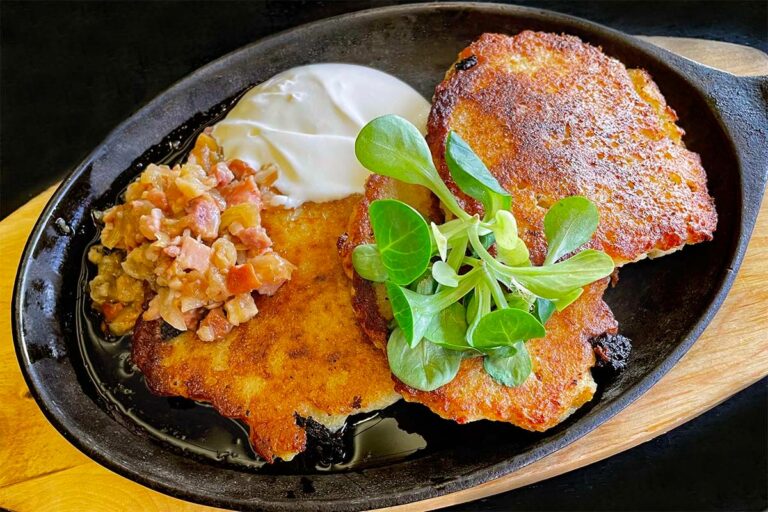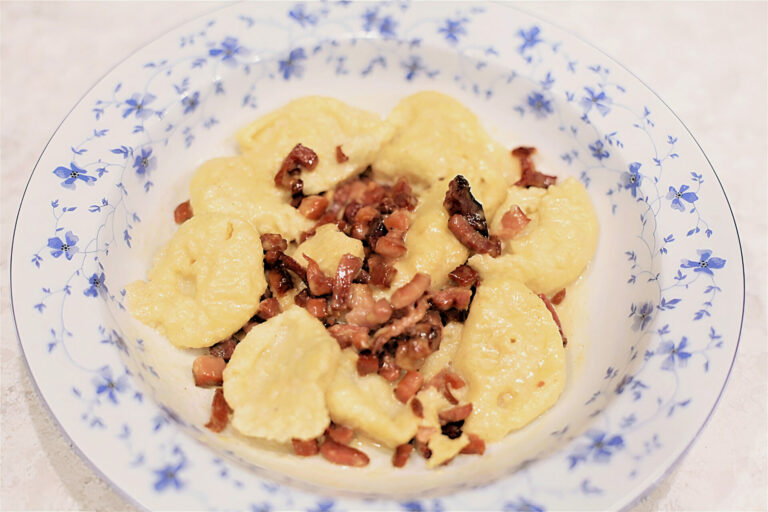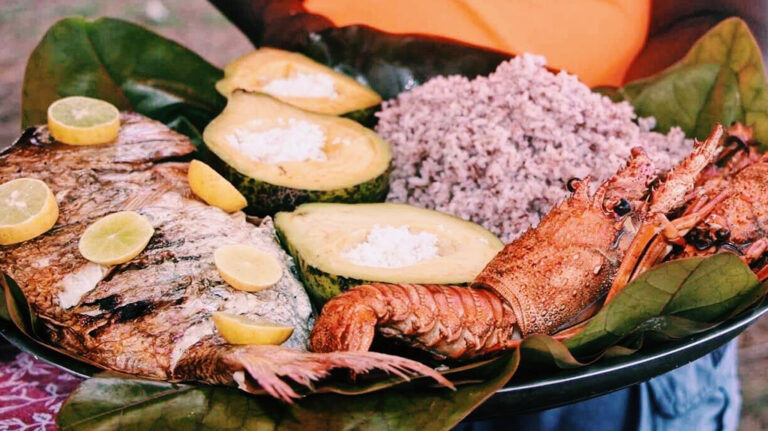Introduction to Liberian Cuisine
Liberian cuisine is characterized by its diverse range of flavors and influences from neighboring West African countries. The country’s cuisine is known for its use of staple ingredients such as rice, cassava, and plantains. The cuisine is also influenced by the country’s history of colonization and its proximity to the coast, which has contributed to the diversity of its dishes.
The Significance of Fishing in Liberian Culture
Fishing plays a significant role in Liberian culture, as it is a source of livelihood for many communities along the coast. The country’s fishing industry is also a major contributor to its economy. The importance of fishing in daily life is reflected in the cuisine, as seafood is a staple ingredient in many Liberian dishes.
How Coastal Traditions Shape Liberian Dishes
Coastal traditions have had a significant impact on Liberian cuisine, particularly in the use of seafood in many dishes. Communities along the coast have developed their own unique cooking methods, such as smoking fish, which is a popular way of preserving seafood. Many dishes in Liberian cuisine are also flavored with ingredients such as coconut milk and palm oil, which are commonly found along the coast.
Popular Seafood Dishes in Liberian Cuisine
Some of the most popular seafood dishes in Liberian cuisine include pepper soup, which is a spicy soup made with fish or seafood, and palava sauce, which is a stew made with leafy greens and seafood. Other popular dishes include fried fish and jollof rice with shrimp. Seafood is also often used in stews and soups, adding flavor and nutrition to the dish.
Influences of Other Cultures on Liberian Seafood
Liberian seafood has been influenced by the cuisine of neighboring West African countries, particularly Ghana and Nigeria. Many dishes in Liberian cuisine, such as jollof rice, have their origins in these countries. Additionally, the country’s history of colonization by America has also had an influence on Liberian cuisine, with dishes such as fried fish and coleslaw being popular in both countries.
Conclusion: The Diverse Flavors of Liberian Cuisine
Liberian cuisine is a reflection of the country’s history, culture, and geography. The cuisine is characterized by its use of staple ingredients such as rice and cassava, as well as its reliance on seafood. The influence of neighboring West African countries and the country’s history of colonization have also contributed to the diversity of its dishes. Overall, Liberian cuisine is a unique and flavorful representation of the country’s rich history and culture.

